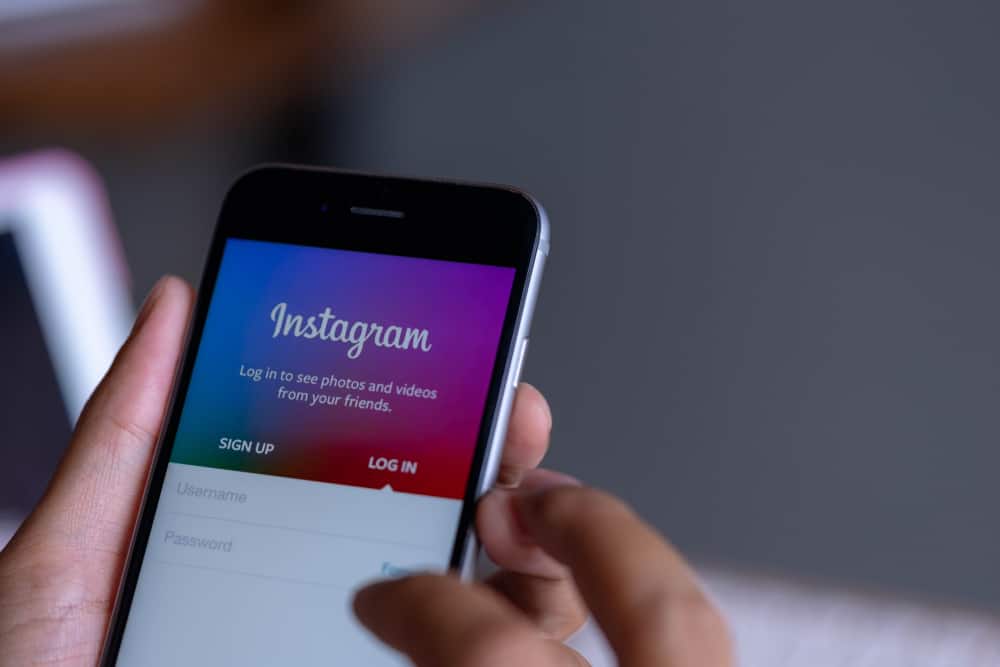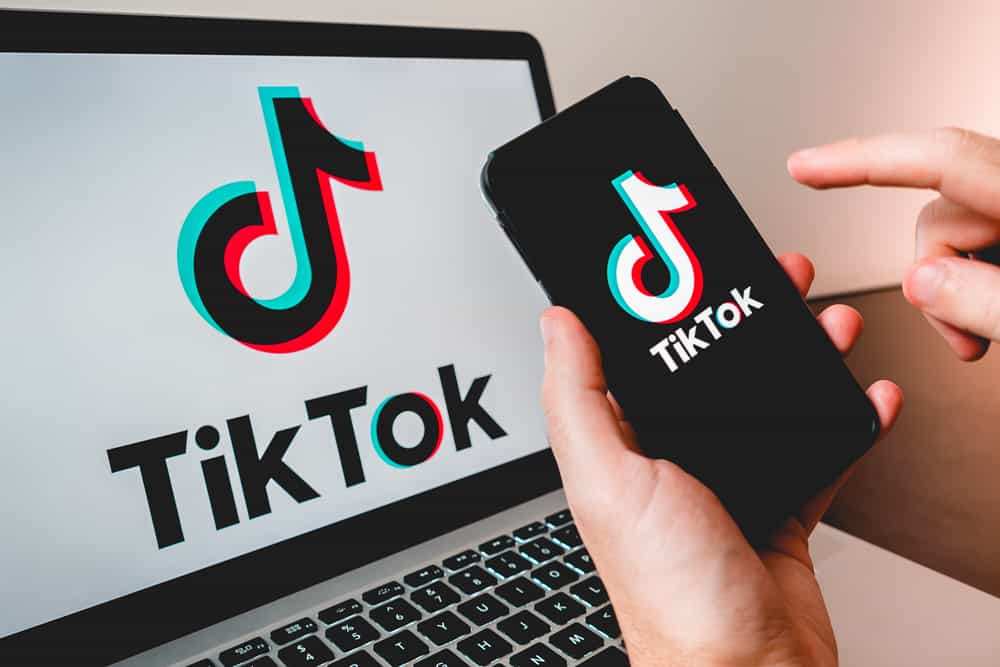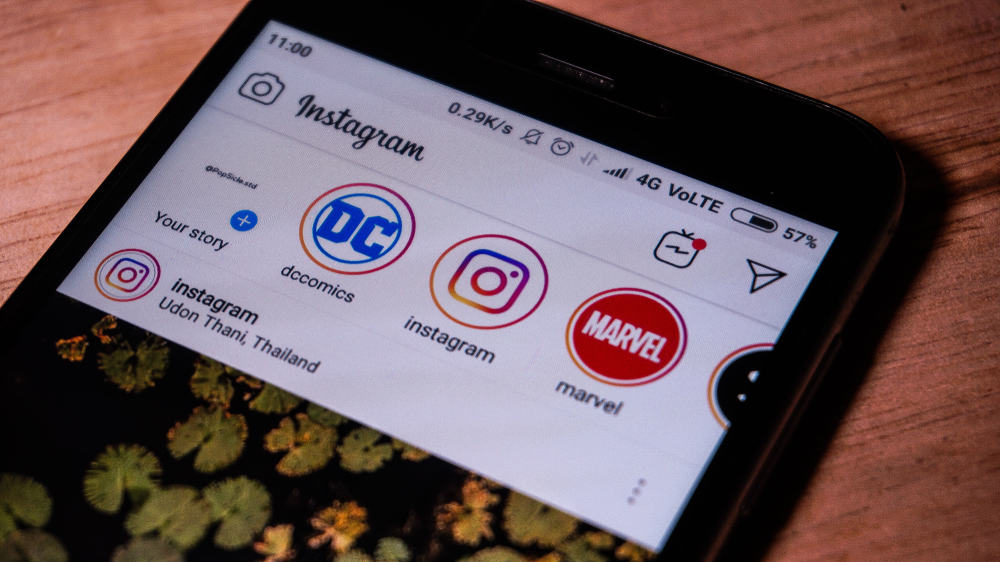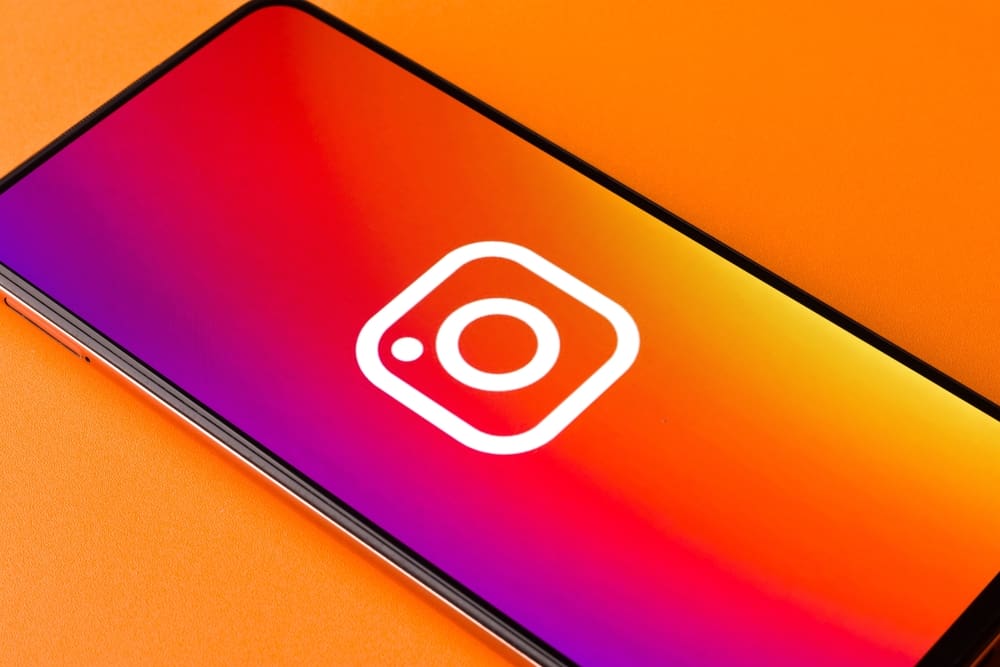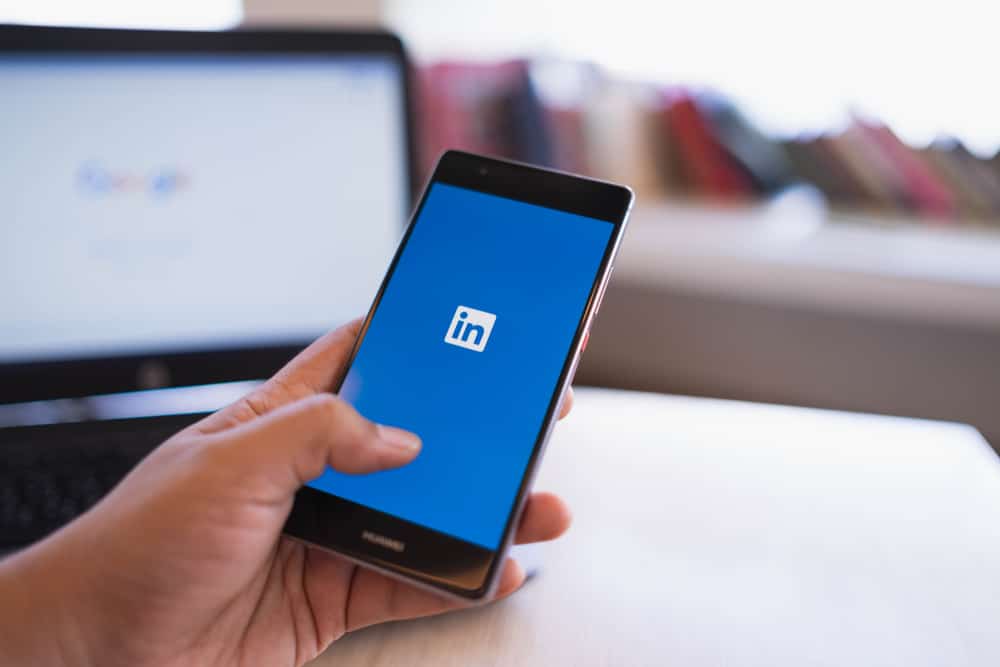
Adding your education to LinkedIn isn’t just to let people know what you have attained in education – if you have completed college or higher—and how knowledgeable you are in your industry. You can also use that to connect with people who studied, are studying, or are working in the school you were once in.
Your educational background can strengthen your position in the market and expose you to more people. One way to add education to LinkedIn is: Go to your LinkedIn profile, scroll down to Education, click the plus icon to add education, provide the information about the education you’re adding, and then hit Save.
You can also add honors and awards, licenses and certifications, and test scores if you have them to impress potential connections.
We’ll show how to add education to LinkedIn in three different methods.
How To Add Education to LinkedIn
Your educational attainment matters in your professional life. In today’s society, if you have bachelor’s and graduate degrees in a related field or have taken numerous courses related to your profession, you will be perceived as wiser and better than most, attracting high-quality connections.
So let’s add education to your LinkedIn profile, shall we? There are three methods you can follow.
While having thousands of connections on LinkedIn is good, make sure that the majority of them are professionals who are relevant to you and provide value, and make sure that you give value to them, too! Someone connected to 10 influential people in their industry will achieve a higher level of success than someone with 1,000 connections, but all of them are in far different industries. Choose your connections wisely!
Method #1: Click the “Add Profile” Section Under Your Profile Name
- Go to your LinkedIn profile and scroll down to “Education”.
Education comes after Experience and before Licenses & certifications.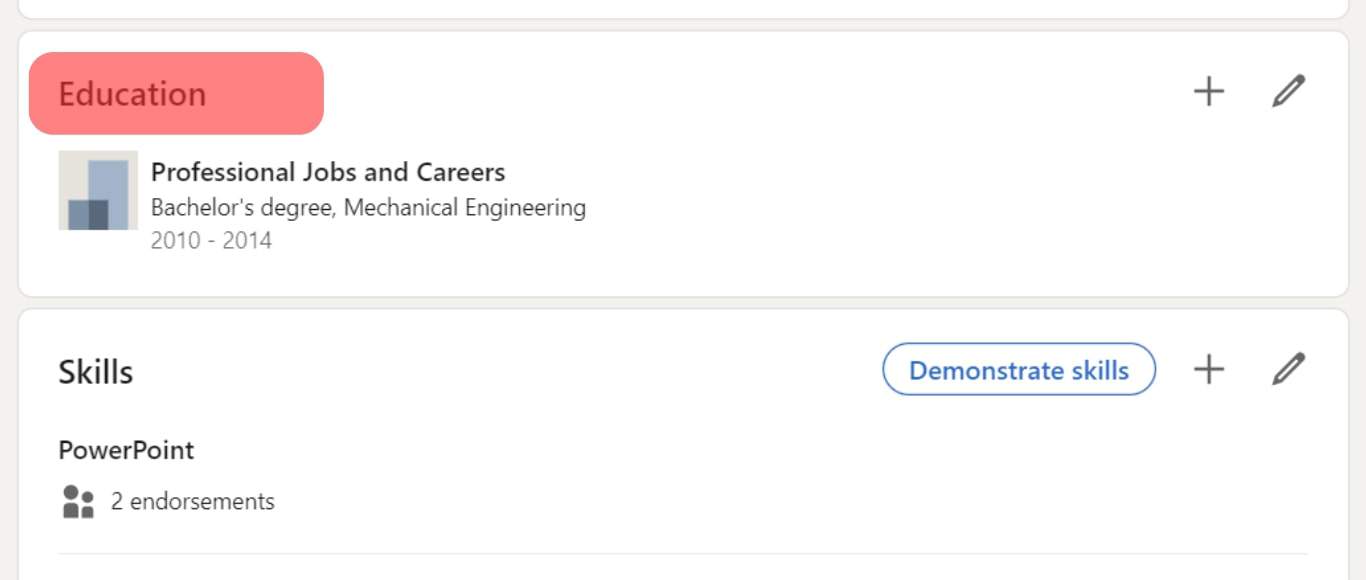
- If you are not seeing the “Education” section, scroll up to the top and click “Add Profile section” under your profile name.
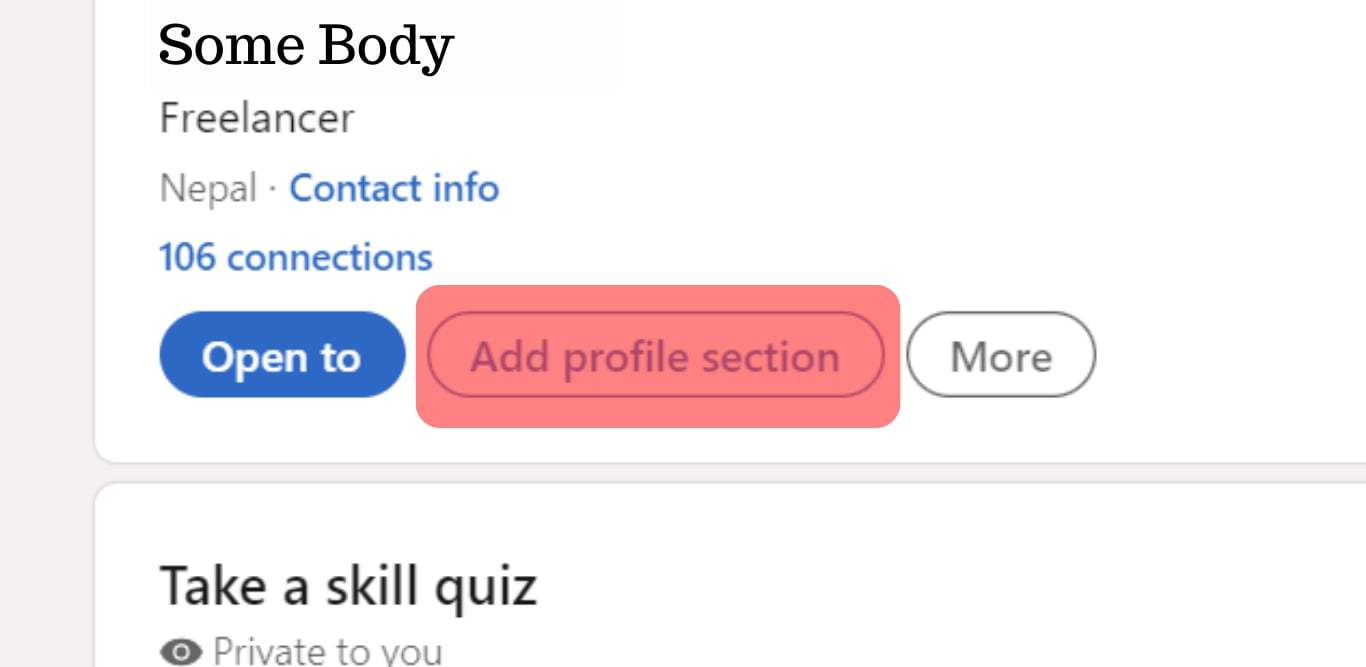
- Click “Add Education”.
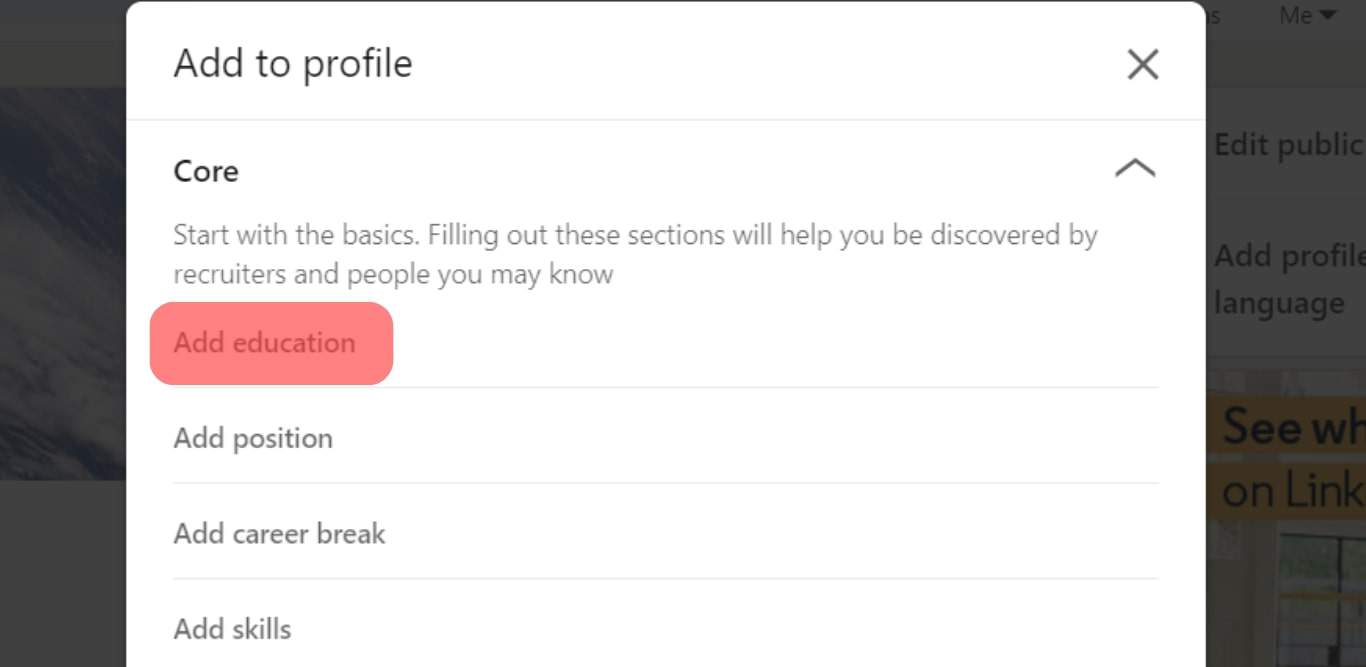
You will be able to add education and provide the details from there.
Method #2: Add Education by Clicking the Plus Icon
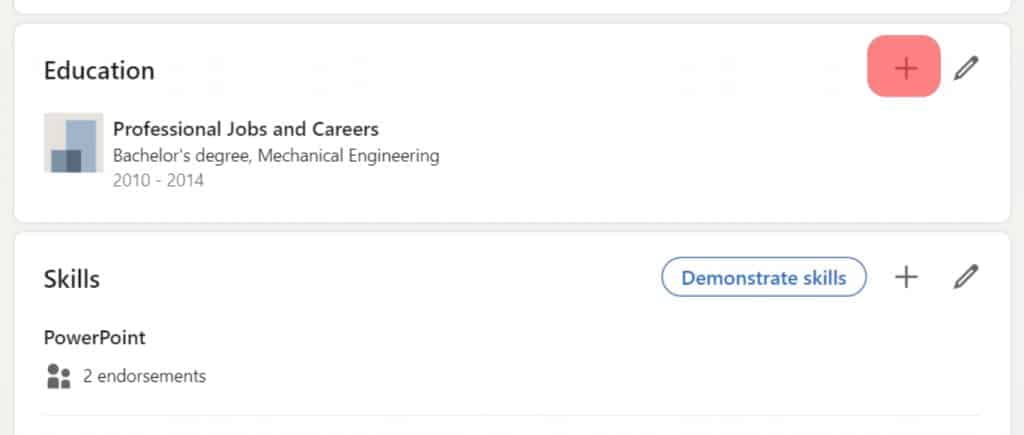
If the Education section exists on your profile, you may want to add education by simply clicking the plus icon, which you can find in the upper-right corner of the section. Once you click that, you will be asked to provide the details about the education you want to add, which are as follows:
- School
- Degree
- Field of study
- Start date
- End date (or expected)
- Grade
- Activities and Societies
- Description
- Media
Only the school name is required, but make your education as informative as possible if you want people to be interested. Hit “Save” when you’re done.
Method #3: Click the Pencil Icon Next to the Plus Icon
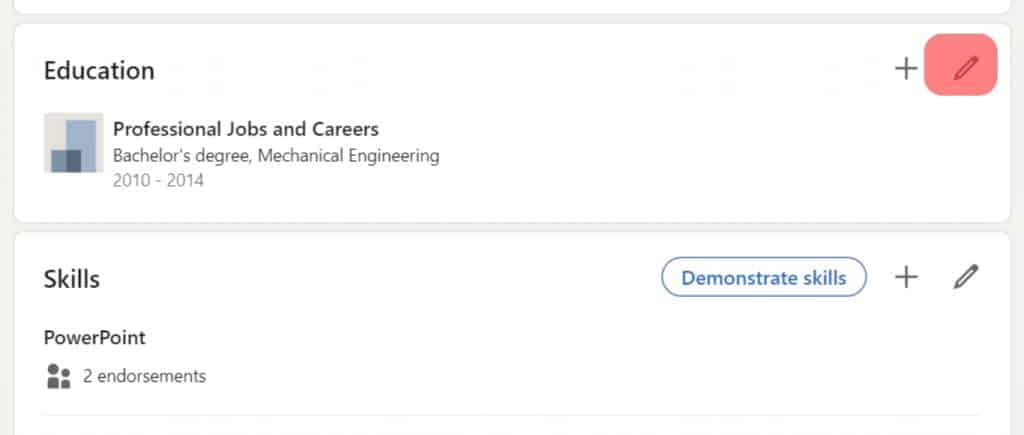
In “Education”, you can find a pencil icon next to the plus icon that you can also use to add education to LinkedIn. If you click that, you will be directed to the “Education” page, where you can reorder your entries.
If you want to add education from there, click the plus icon just like you did in the second method and provide the details.
Where to Put Awards and Test Scores on LinkedIn
LinkedIn has sections for awards, certifications, and test scores. If you aren’t seeing them on your profile, click “Add profile section” at the top, and under Additional, you will find “Add honors & awards” as well as “Add test scores”. You will see the “Add licenses & certifications” under Recommended.
If you were part of organizations while studying there or even after graduating, you can also add organizations. That’s also under Additional.
Even if you aren’t actively seeking a new job, you still need to update your LinkedIn profile whenever you accomplish something notable in your professional life because you need to continuously attract potential connections to expand your network so great opportunities come your way and you achieve your career goals faster.
The awards, honors, certifications, and licenses you have are the icing. They will make your LinkedIn profile more appealing, so make sure to add them if you have them!
Conclusion
Many people focus on LinkedIn only once they finish school and start working in the field. But it’s better to grow your LinkedIn network while you are still in school because people can reach out to you in person more easily if they want to talk about something and will recognize you right away.
Making connections on LinkedIn can be pretty tricky, especially if the other person doesn’t know or can’t recognize you, and your invitation might be reported as spam or as “I don’t know this user” if you don’t personalize your message or don’t leave a message at all. LinkedIn would restrict your account if you got reported many times!
